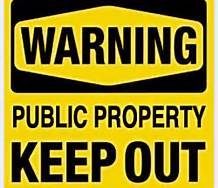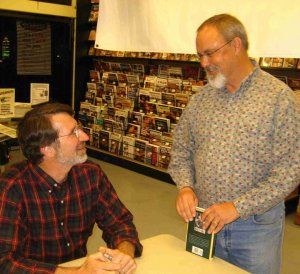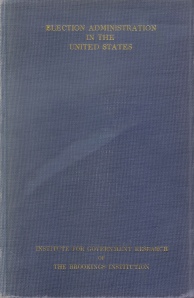 The California Presidential Primary Election is the most complicated election in a four year cycle and has to be among the most complicated in the nation. The ballot for this election features presidential candidates for six political parties. Each party establishes their own rules and formats for their candidates. This year, three of the parties have closed their primary which means that only voters already registered with the respective party may vote their candidates. Three other parties have opened their presidential preference ballot to unaffiliated voters but have closed the election of their party officers. The result is seven flavors of party ballots for each precinct in the county.
The California Presidential Primary Election is the most complicated election in a four year cycle and has to be among the most complicated in the nation. The ballot for this election features presidential candidates for six political parties. Each party establishes their own rules and formats for their candidates. This year, three of the parties have closed their primary which means that only voters already registered with the respective party may vote their candidates. Three other parties have opened their presidential preference ballot to unaffiliated voters but have closed the election of their party officers. The result is seven flavors of party ballots for each precinct in the county.
Because the regular Voter Nominated Primary (Top Two) is also on the same ballot for federal, state and county offices, there is also a non-partisan ballot. All voters, affiliated with a party or not, get to vote this portion of the ballot which gives us a total of eight flavors of ballot per precinct with a convoluted decision tree to decide who gets which ballot. Typically the Top Two primary is straightforward to design and administer, unless there are 34 candidates and a write in for US Senator. More about that later.
Because a presidential primary is always the most complicated election and the hardest to explain to voters, we spent months developing a plan for both the official ballot and the voter guide to facilitate voter education. Weeks before the candidate filing period ended we had developed and tested mock ups of the ballots and our voter guide. We accommodated all the variables and constraints of outdated and meaningless formatting, mandatory language, and font size and face requirements in the Election Code and were satisfied that we had everything covered.
We have actively followed and engaged with the President’s Commission for Election Administration (PCEA), and the Center for Design and we tried to adopt their recommendations. We have embraced plain language practices and have considered and adopted many suggestions from language minority groups, from accessibility advocates and from election reform do-gooder organizations of all stripes.
Our designs were the easiest to read and understand, our instructions were as simple and clear as possible, each voter’s ballot was to have offices appear in the same location, and the risk of voter confusion and error would be minimized. As a bonus, our design would save printing and postage costs (for us and the voter) while also reducing the time required to tabulate the voted ballots.
At the last minute, all our work was blown to hell. We now are reduced to a ballot design which is hardly adequate for our needs and the needs of our voters. The inferior design is driven by a sequence of events entirely outside our control. The 34 candidates for US Senate triggered a domino effect. Inflexible, mandated and redundant primary instructions constituted the second domino. Top down, arbitrary and micromanaging office sequences were the third domino. The next domino was the 1960s voting system software and hardware which is limited to logic and processing speed only slightly more capable and sophisticated than an abacus. The next largest domino is the federal and state voting system certification regime that prohibits even the most rudimentary and common sense solutions to programming and database problems which could be fixed by today’s average middle schooler or a free mobile database app. The final and fatal domino is the reality that there are no better solutions for inadequate voting systems for California for 3-6 years at a minimum. And then the choices will probably be between various versions of 1990 technology.
The field does not to appear to have learned much since the 200 Presidential election. Despite the recurring cries from commissions, foundations, attorneys, advocates, scholars, think tanks and the public for fixing the things that are wrong with our elections, for making things simpler and less complex, for increasing engagement and participation, for removing barriers and for creating more confidence in our elections; election administration is being smothered by the status quo.
The accretion of outdated and conflicting laws, rules and regulations usually devised by legislators for their own political gain has stressed the system to a near breaking point. The energetic and blind administration and selective enforcement of purposeless, contradictory laws and regulations actively undermines the integrity of elections. The inertia of “the way we have always done it” or to choose the most onerous of conflicting statutes is thwarting meaningful reform. The absence of courage to do “what is right” when “what is right” is unpopular or new guarantees election administration to perpetual stasis in an unhealthy state. In short, election administration is suffering from self-interest, abuse and neglect.
Generally I have been optimistic and have embraced progressive election reforms but I am increasingly concerned that, in the current state of affairs, talk of reform and improvement is only happy talk and wishful thinking. The mass of the whole system may be so weighty as to make it impervious to a paradigm change even by the most intelligent, committed and determined reformers.
But that won’t prevent me, and others, from continuing to tilt at windmills.
Carry on.









